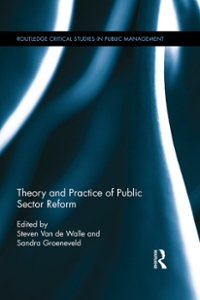Answered step by step
Verified Expert Solution
Question
1 Approved Answer
textbf{Exercise #10.} Consider the following problem faced by an employed worker. The worker begins a period with wage $w$ and has to decide whether to
\textbf{Exercise \#10.} Consider the following problem faced by an employed worker. The worker begins a period with wage $w$ and has to decide whether to keep working or retiring instead. The retirement decision is irreversible. Once retired, the worker obtains a pension $c > 0$ in each subsequent period of her life. The worker lives forever. If in a period $t$ the worker chooses to work (rather than retire), in period $t+1$, with probability $p$ the wage at which she can work remains the same as in $t$. With probability $1-p$, instead, in $t+1$ the worker draws a new wage from the CDF $F(w)$ with support in $[0, B]$. Wage draws are independent and identically distributed over time. The worker maximizes the present discounted value of her income and discounts the future at the rate $\beta < 1$. \begin{enumerate} \item[(a)] Write down the problem described above in dynamic programming form. In particular, derive the Bellman equation for this worker. Let $V(w)$ denote the value function of a worker with wage $w$ in hand before making her retirement decision
Step by Step Solution
There are 3 Steps involved in it
Step: 1

Get Instant Access to Expert-Tailored Solutions
See step-by-step solutions with expert insights and AI powered tools for academic success
Step: 2

Step: 3

Ace Your Homework with AI
Get the answers you need in no time with our AI-driven, step-by-step assistance
Get Started


